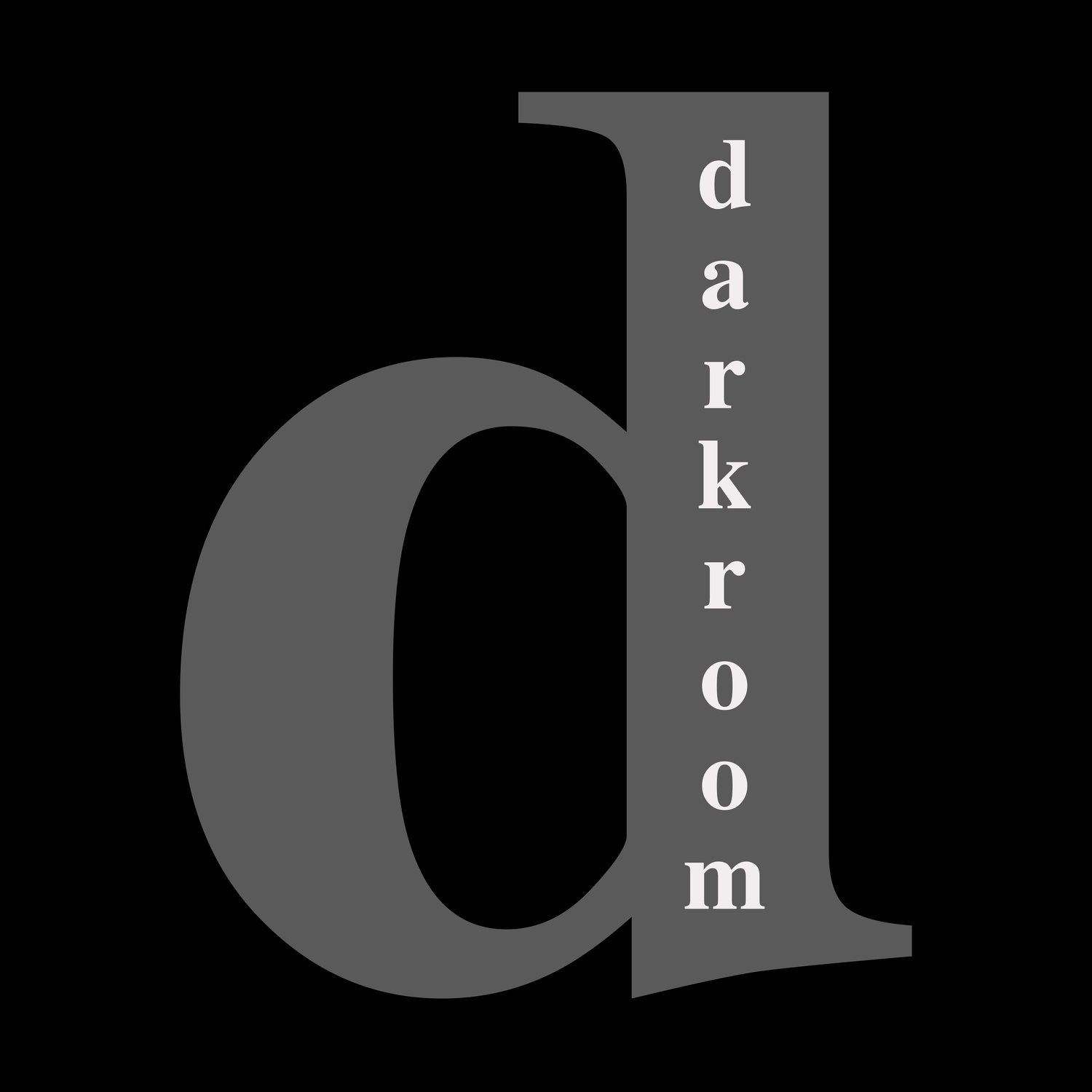Catriona Gray has extensive experience with analogue photography, having taught at Westminster University and been involved with a number of community darkrooms.
Tell a bit about you...What is your background in photography ?
I studied Photography at Glasgow School of Art a million years ago. After college, I worked in darkrooms for a number of years. I trained with the amazing Barbara Wilson when we worked together at the legendary Johno's black and white darkroom in Clerkenwell, and later went freelance working for various black and white / colour darkrooms.
As the digital revolution hit, a lot of the places I was working at were hit really hard and it felt like the industry was falling apart very quickly. After living abroad for a few years, I came back to London and got back into photography.
I now work commercially as a portrait photographer and also teach photography workshops. My personal work and most of my workshops always veer towards analogue.
When did you start taking pictures?
When I was about 16/17. I borrowed an Pentax K1000 SLR from a family friend and started to photograph my best mate. She was an early muse for me I guess! I did my Art A-level major project using photography and projections.
Why do you love analogue?
Film photography and darkroom printing is the language of light. Light talks to the film, then through the film, light talks to the paper. It's real, it's all about light.
Digital translates light into numbers. It just doesn't have the solidity that an image shot on film has. I also find digital photography quite stressful. It's the immediate judgement of the image and the need to perfect it by taking more pictures.
It's obviously a very useful way to work but for me it's not enjoyable. With film, you have to plan, think and be confident that you're getting it right. When you press the button all you can do is hope you did a good job, wait and see!
How did you get involved in alternative photo processes (such as Polaroid Lift/ Lumen Process)?
I started messing around with cyanotypes and instant film during my degree actually because I wanted a way to combine and overlay photography with illustrations and textures.
Could you tell us a bit more about these two processes?
Instant film emulsion lift comes in a couple of forms but I use the plasticky square instant pictures to do it. You basically cut the picture apart and peel it into layers, then use water to lift away the delicate emulsion layer. This can be attached quite beautifully to paper or other materials, creating a sort of floaty, dreamy-looking image.
Lumen printing is like a photogram sun print using black & white photographic paper but creating images with delicate pastel colours/silhouettes. It works particularly well with plants.
You will be teaching at Darkroom. What will your workshop cover?
I'm hoping to offer various workshops on creative Polaroid techniques, including emulsion lift, plus lumen printing and hopefully cyanotype printing too.
I like to think my workshops always offer the opportunity to just have fun, let go and embrace the unpredictable! Use plants, sunlight, get your hands wet!
All the processes are fairly quick so you get to take something home straight away.
Why did you to partner with Darkroom specifically?
I heard about Darkroom from an article in the Kentishtowner and was very keen to get involved as I'm really passionate about keeping darkroom printing going. Photography is so popular now but everyone should experience this side of photography, it's pure magic!
By Alice Rizzo

